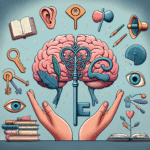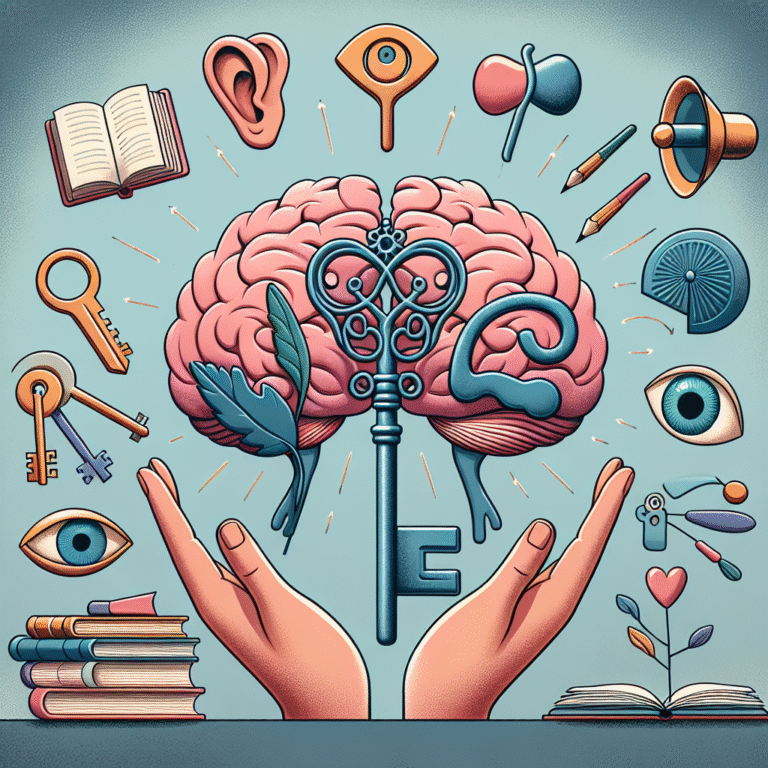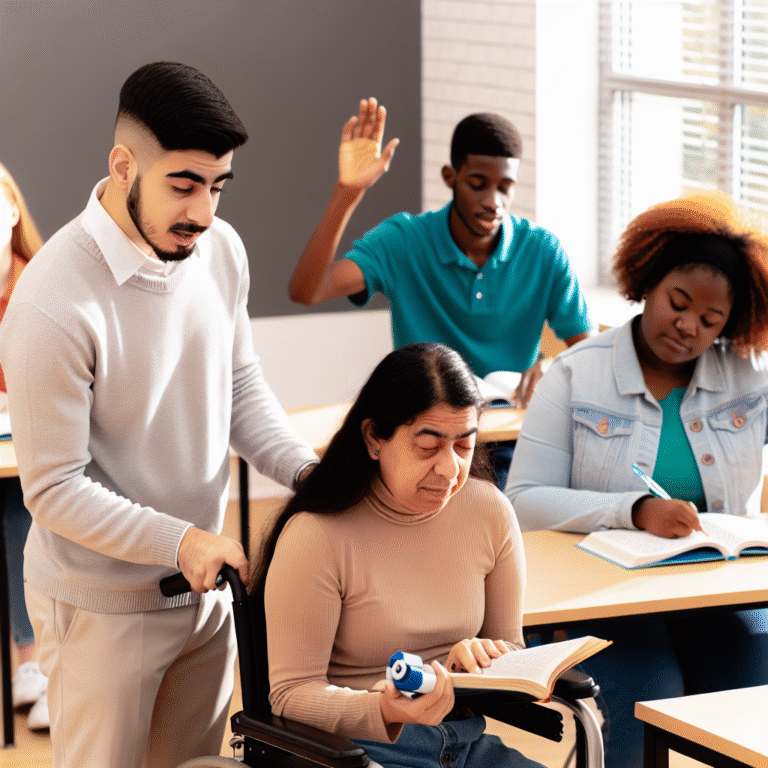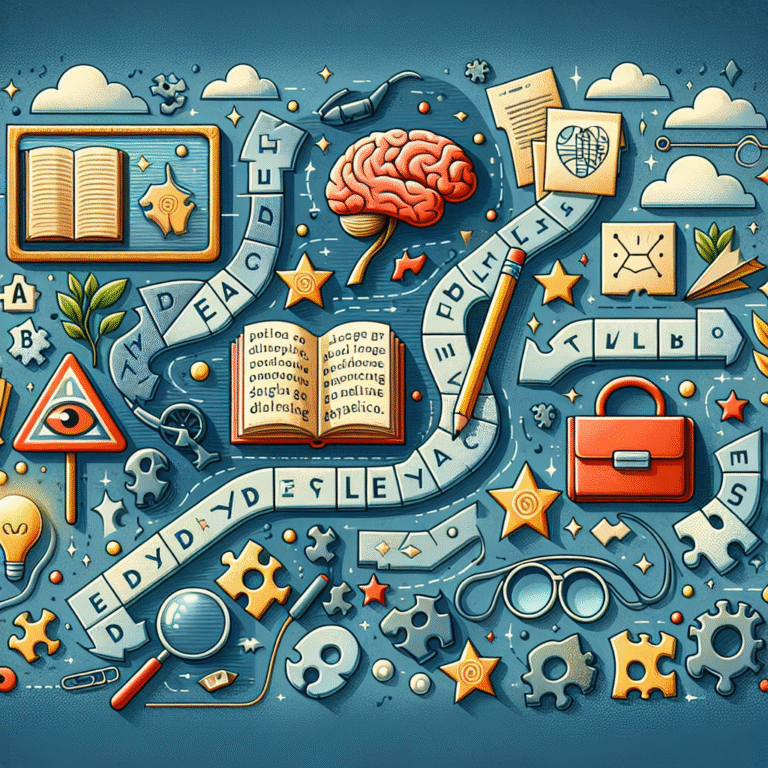Unlocking Potential: The Impact of Music Therapy on Learning Disabilities
Introduction
Imagine a classroom where every child thrives, where learning barriers dissolve in the sweet cadence of melodies and rhythms. This is not just a dream; it is a reality brought forth by Unlocking Potential: The Impact of Music Therapy on Learning Disabilities. As educators and caregivers face the challenges of learning disabilities, innovative and compassionate solutions are being explored. Music therapy emerges as a beacon of hope, highlighting the transformative power of music not just as an art form but as a significant tool for unlocking individual potential.
In this article, we’ll delve deep into the world of music therapy and its profound impact on learning disabilities. We will explore its benefits, examine enlightening case studies, and provide tangible insights into how music can reshape the landscape of learning for children facing cognitive challenges.
Understanding Learning Disabilities
Learning disabilities encompass a diverse range of neurodevelopmental conditions that affect the way individuals acquire, process, and retain knowledge. Prevalent among children, these challenges can manifest in various forms, such as dyslexia, ADHD (Attention Deficit Hyperactivity Disorder), and dyscalculia. Key to understanding the Unlocking Potential: The Impact of Music Therapy on Learning Disabilities is recognizing that each child with learning disabilities is unique and may require personalized strategies for learning success.
Common Types of Learning Disabilities
| Type of Learning Disability | Description |
|---|---|
| Dyslexia | Difficulty with reading and phonological processing |
| ADHD | Challenges in attention, hyperactivity, and impulsiveness |
| Dyscalculia | Difficulty with mathematics and number concepts |
| Dyspraxia | Coordination problems affecting physical activities |
| Nonverbal Learning Disability | Trouble with visual-spatial skills affecting social interactions |
Understanding these disabilities paves the way for interventions that cater to children’s unique needs, highlighting the role that innovative practices like music therapy can play in enabling meaningful learning experiences.
The Essence of Music Therapy
Music therapy is a clinical and evidence-based use of music interventions to accomplish individualized goals within a therapeutic relationship. It taps into the emotional and cognitive faculties of individuals, allowing them to express themselves in ways that traditional educational methods may not facilitate.
How Music Therapy Works
Music therapy employs various techniques including singing, songwriting, instrument playing, and active listening. The beauty of music therapy lies in its versatility—it can be tailored to meet a child’s specific preferences and needs, making it an ideal complement to conventional educational strategies.
Emotional Expression: Music facilitates emotional expression in children who struggle to communicate verbally. This is essential for developing self-awareness and confidence.
Cognitive Development: Engaging with music enhances memory, attention, and problem-solving skills, which are often areas of difficulty for children with learning disabilities.
- Social Interaction: Group music activities promote social skills and teamwork, essential for children facing difficulties in peer interactions.
Evidence Supporting Music Therapy
Case Study 1: Maria’s Journey with Dyslexia
Maria, a 10-year-old girl diagnosed with dyslexia, struggled with reading comprehension and often avoided participating in class. Her music therapist introduced her to rhythmic reading exercises set to her favorite songs. Over several months, Maria not only improved her reading skills but also gained confidence, actively participating in classroom activities.
Key Takeaway: Maria’s journey exemplifies how Unlocking Potential: The Impact of Music Therapy on Learning Disabilities can foster significant improvements in confidence and literacy skills.
Case Study 2: Lucas and His ADHD
Lucas, an 8-year-old diagnosed with ADHD, exhibited impulsive behaviors and had difficulty focusing during lessons. Through music therapy, he learned to play the drums, which required concentration and coordination. His therapist integrated listening skills and structured rhythm exercises that aligned with his learning goals.
After weeks of therapy, Lucas displayed an enhanced ability to remain attentive during classes and showed remarkable improvements in his overall behavior.
Key Takeaway: Lucas’s progress underscores how music therapy can enhance attention span and focus—critical areas for children with ADHD, illustrating the transformative impact of Unlocking Potential: The Impact of Music Therapy on Learning Disabilities.
The Benefits of Music Therapy
The benefits of music therapy for children with learning disabilities can be summarized as follows:
Enhanced Cognitive Skills: Music therapy stimulates areas of the brain associated with memory, attention, and learning, providing essential tools for cognitive development.
Improved Language Skills: Through interactive music-making, children can develop phonological awareness, essential for reading and language acquisition.
Boosted Motor Skills: Playing instruments requires hand-eye coordination, contributing to the physical development of children facing motor skill challenges.
Social Skills Improvement: Music therapy fosters collaboration and communication, aiding in social skill development through group activities.
- Emotional well-being: Engaging with music can have therapeutic effects, reducing anxiety, elevating mood, and enhancing self-esteem.
Incorporating Music Therapy in Educational Settings
Successfully integrating music therapy into educational settings requires collaboration between educators, music therapists, and families. Here’s how educators can implement music therapy principles in their classrooms:
1. Collaborate with Music Therapists
Working with qualified music therapists can provide educators with valuable insights into effective strategies tailored to their students’ needs. Collaborative planning allows for a more integrated approach to learning.
2. Use Music Across Curricula
Incorporating music into different subjects can enrich the learning experience. For example, singing songs about math concepts or using rhythms to enhance memory in history lessons can make learning engaging and enjoyable.
3. Create a Music-Centric Environment
Encouraging an environment where music is used for transitions, breaks, or motivational activities can create a dynamic classroom atmosphere that caters to various learning styles.
4. Regular Monitoring and Adaptation
Continuous assessment of students’ progress in music-based activities is essential. Adapting music therapy techniques to respond to changing needs can keep interventions effective and engaging.
Encouraging Parents and Caregivers
Parents and caregivers play an essential role in Unlocking Potential: The Impact of Music Therapy on Learning Disabilities. Here are some strategies for them to support their children:
1. Encourage Music Exploration
Allow children to explore different musical instruments and styles, fostering a love for music that can enhance their learning experiences.
2. Participate in Therapy Sessions
Attending music therapy sessions with their children can help parents understand the therapeutic approaches and build a stronger bond through shared musical experiences.
3. Foster a Musical Home Environment
Creating a musical atmosphere at home—through casual music-making or regular listening sessions—can reinforce the benefits of music therapy outside the therapeutic setting.
Conclusion
The journey towards unlocking potential and enhancing the lives of children with learning disabilities through music therapy is promising and inspiring. The myriad benefits—from cognitive improvements and emotional growth to enhanced social interactions—reiterate the profound impact music therapy can have.
As we embrace Unlocking Potential: The Impact of Music Therapy on Learning Disabilities, both educators and parents can foster an inclusive environment that nurtures creativity and celebrates each child’s unique strengths. The narrative of Maria, Lucas, and many others echoes the truth that music is not just a form of entertainment; it is a powerful catalyst for transformation.
Call to Action
If you’re a parent, caregiver, or educator, consider how you can incorporate music therapy into your life or classroom. Collaborate with professionals, engage with your child’s interests, and witness the extraordinary changes that unfold.
FAQs
1. What qualifications should a music therapist have?
A music therapist should hold a degree in music therapy from an accredited program and be certified by the Certification Board for Music Therapists (CBMT).
2. How can I find a music therapist for my child?
You can search for certified music therapists through organizations like the American Music Therapy Association (AMTA) or consult with local schools and health facilities.
3. Is music therapy effective for all types of learning disabilities?
While music therapy can benefit many children with learning disabilities, effectiveness can vary based on individual needs. A personalized approach is essential.
4. How often should music therapy sessions occur?
The frequency of sessions typically depends on individual goals and needs, but many therapists recommend weekly sessions for optimum benefit.
5. Can music therapy be integrated into traditional education?
Absolutely! Music therapy strategies can complement conventional teaching methodologies and enhance the overall learning experience for children with learning disabilities.
By recognizing the potent role of music therapy in supporting children with learning disabilities, we can pave the way for a more inclusive and empowered future. It’s time to celebrate the magic of music in every child’s life!






